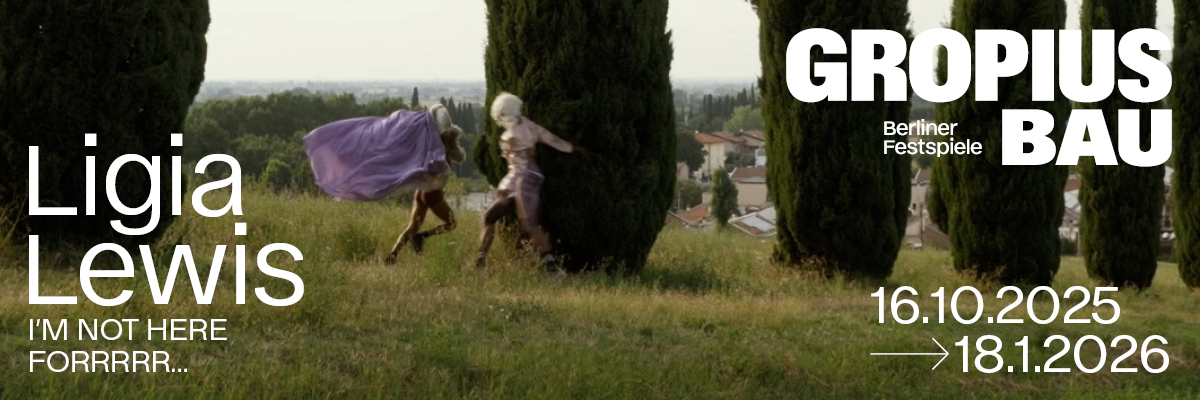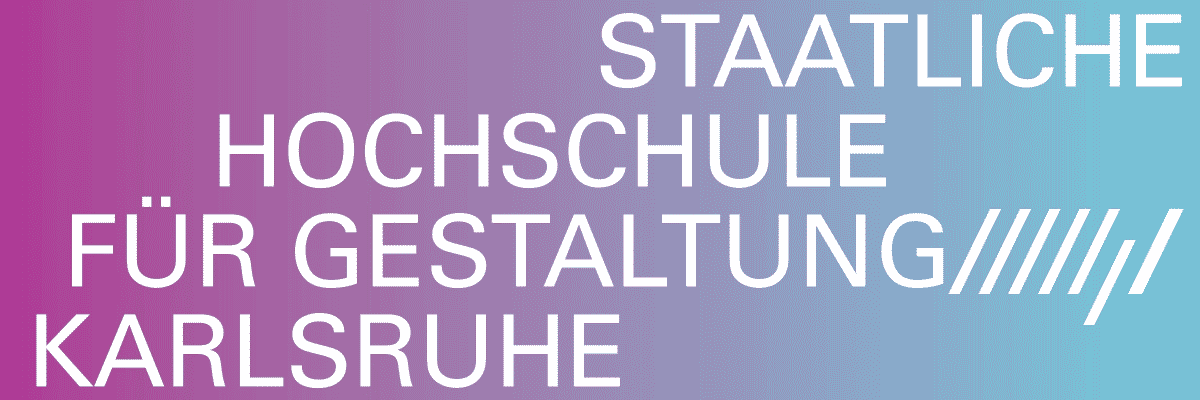
Pamela Rosenkranz and Jenna Sutela
dirt

Installation view, dirt, 2024 | Jenna Sutela and Pamela Rosenkranz | Courtesy of max goelitz and Sprüth Magers | Copyright of the artists | Photo: Dirk Tacke
Advertisement

Installation view, dirt, 2024 | Jenna Sutela and Pamela Rosenkranz | Courtesy of max goelitz and Sprüth Magers | Copyright of the artists | Photo: Dirk Tacke
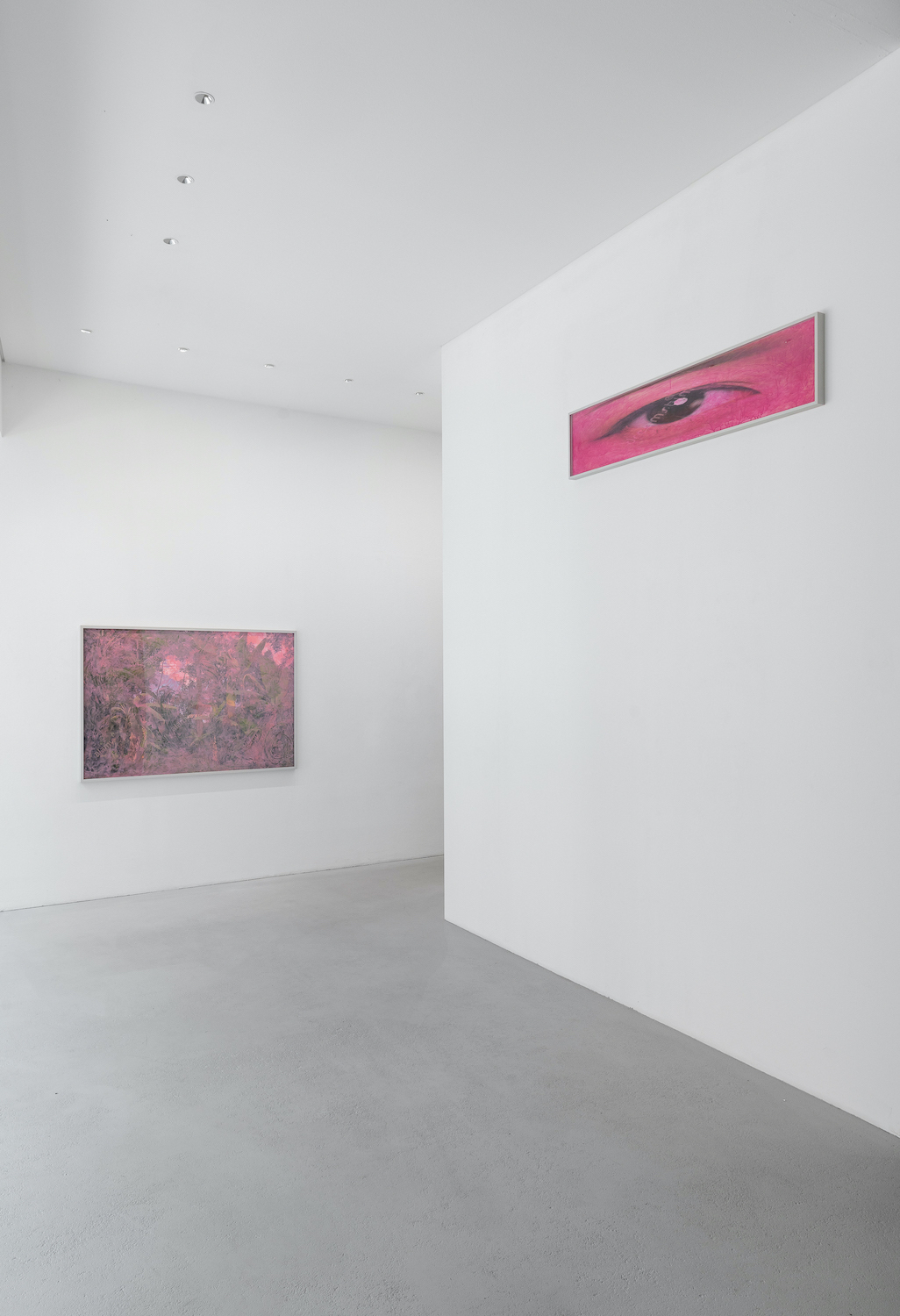
Installation view, dirt, 2024 | Jenna Sutela and Pamela Rosenkranz | Courtesy of max goelitz and Sprüth Magers | Copyright of the artists | Photo: Dirk Tacke
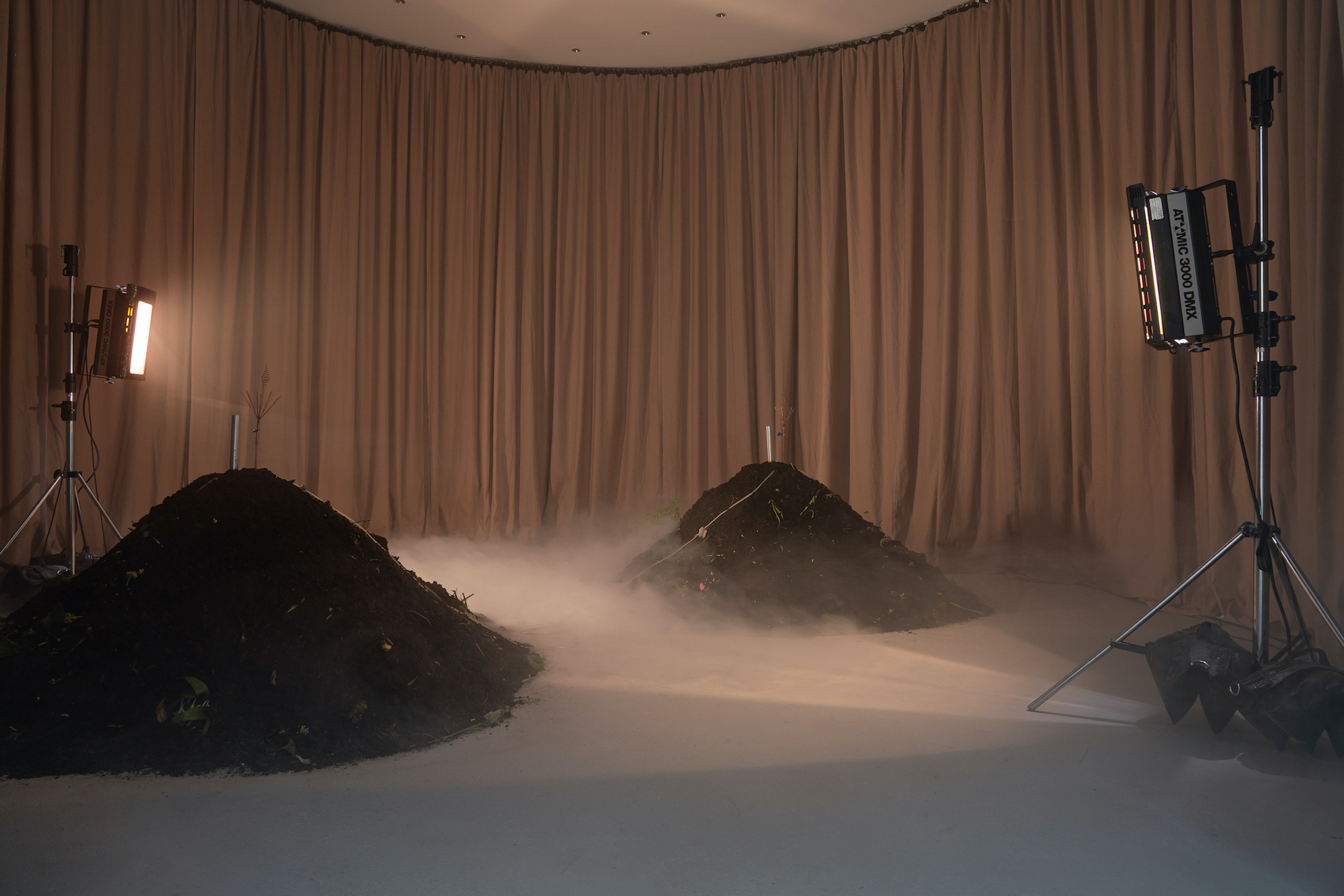
Jenna Sutela, Vermi Cell, 2023 | Courtesy of max goelitz | Copyright of the artist | Photo: Dirk Tacke
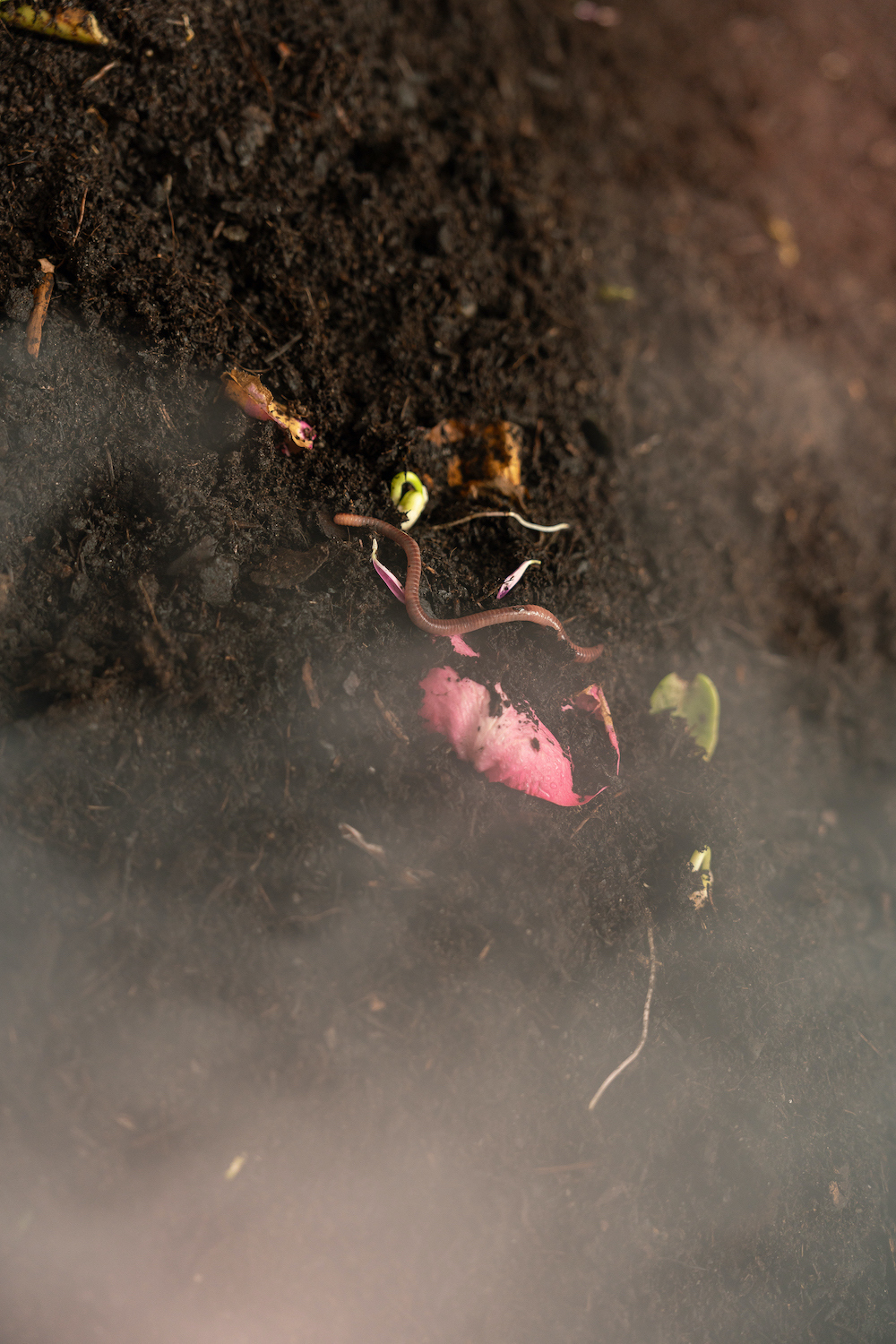
Jenna Sutela, Vermi Cell, 2023, Detail | Courtesy of max goelitz | Copyright of the artist | Photo: Dirk Tacke

Jenna Sutela, Vermi Cell, 2023, Detail | Courtesy of max goelitz | Copyright of the artist | Photo: Dirk Tacke
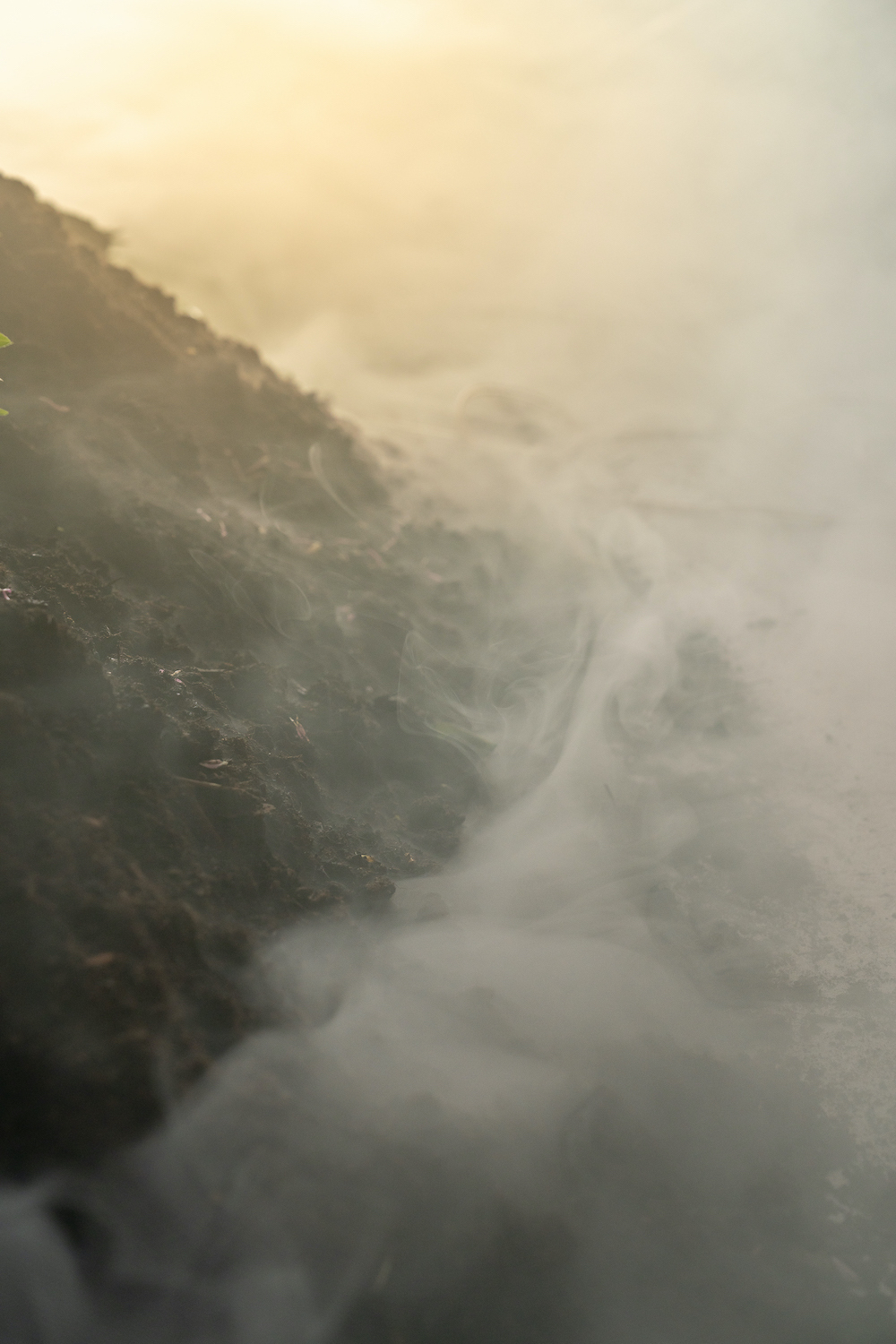
Jenna Sutela, Vermi Cell, 2023, Detail | Courtesy of max goelitz | Copyright of the artist | Photo: Dirk Tacke
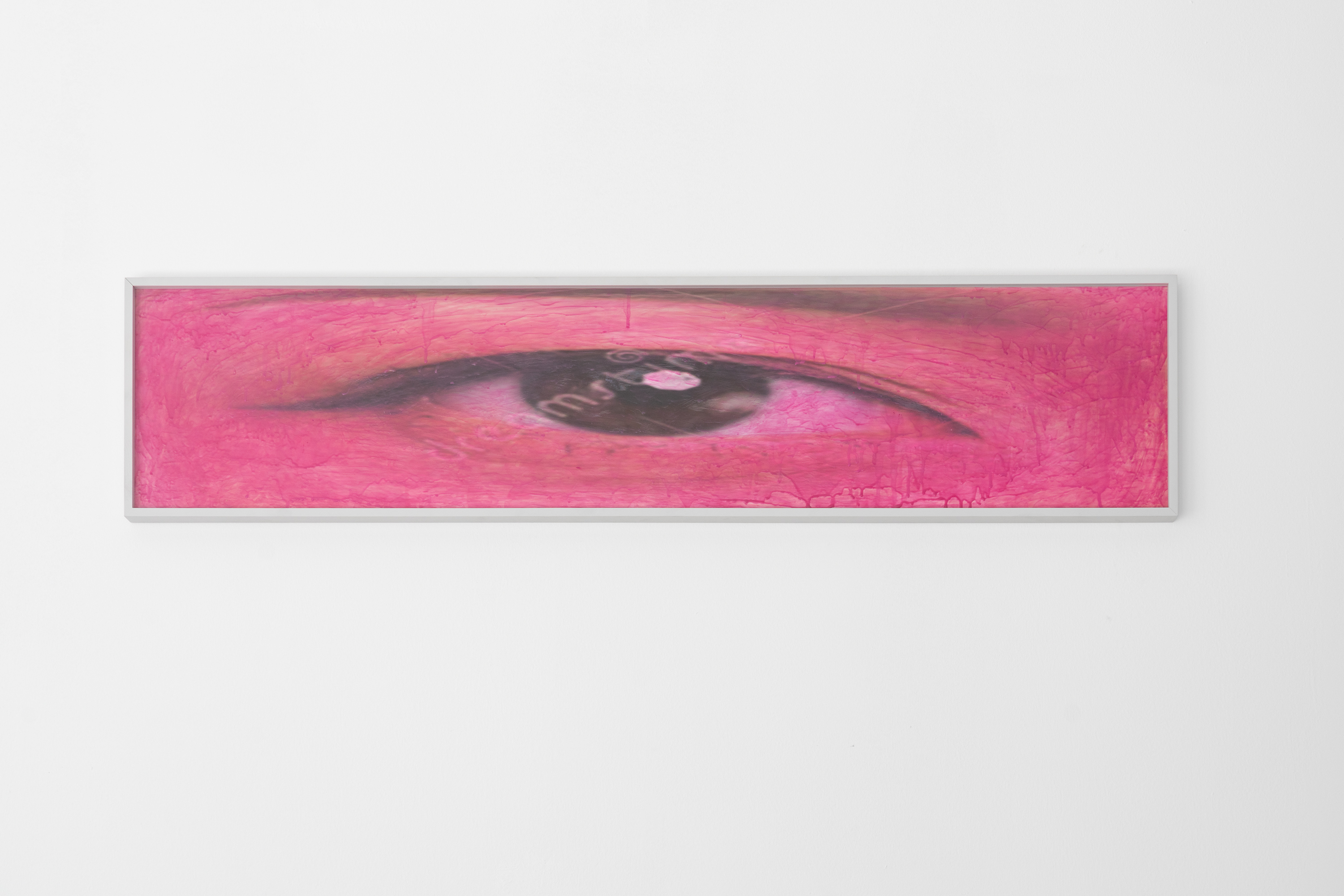
Pamela Rosenkranz, I Wish I Could Cry Blood (Focus Infinite), 2021 | Courtesy the artist and Sprüth Magers | Copyright of the artist | Photo: Dirk Tacke
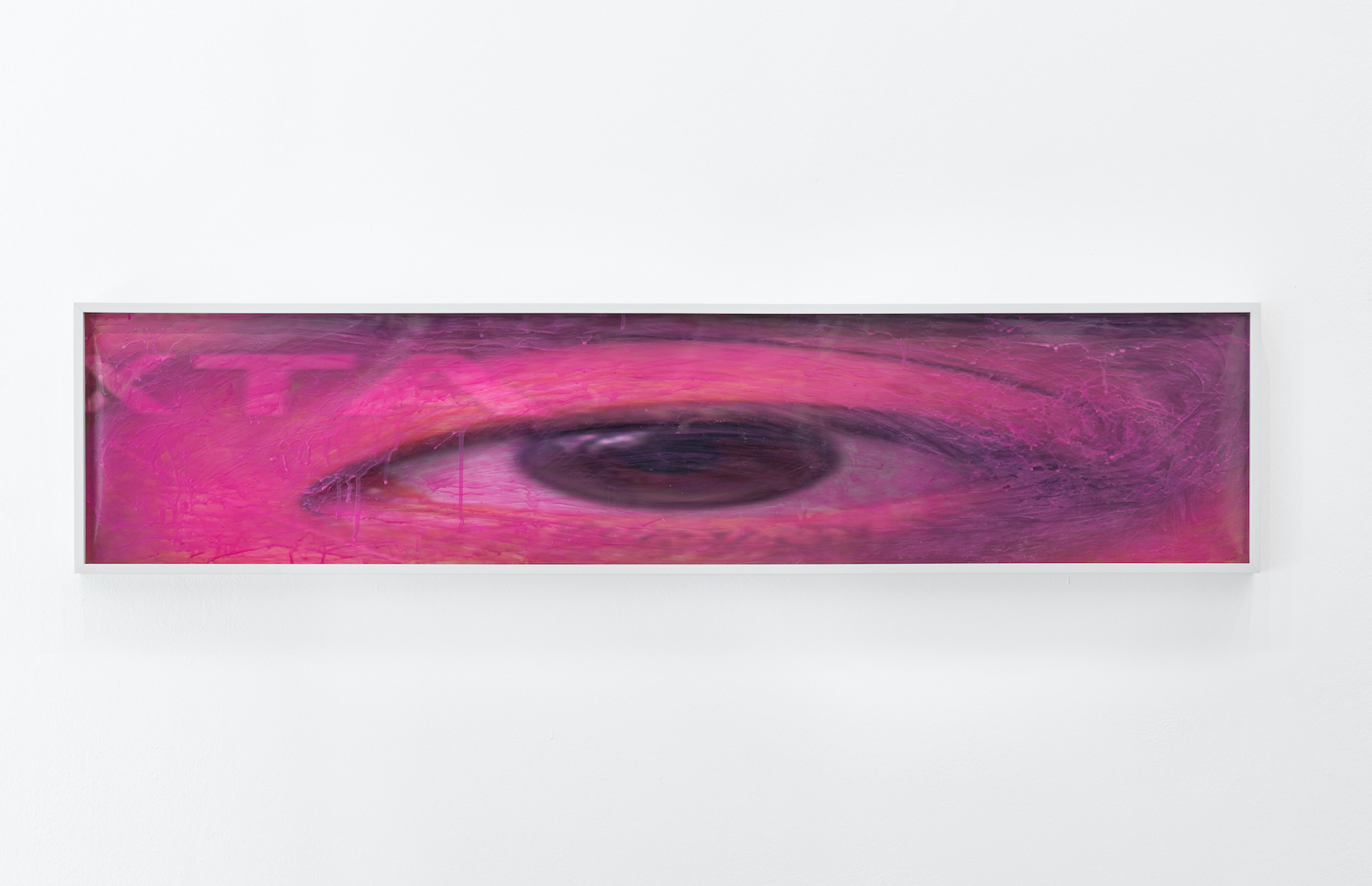
Pamela Rosenkranz, I Wish I Could Cry Blood (Solid Choice), 2021 | Courtesy the artist and Sprüth Magers | Copyright of the artist | Photo: Dirk Tacke

Pamela Rosenkranz, Anamazon (Get Digit), 2021 | Courtesy the artist and Sprüth Magers | Copyright of the artist | Photo: Dirk Tacke

Jenna Sutela, Energy Poem, 2023 | Courtesy of max goelitz | Copyright of the artist | Photo: Dirk Tacke
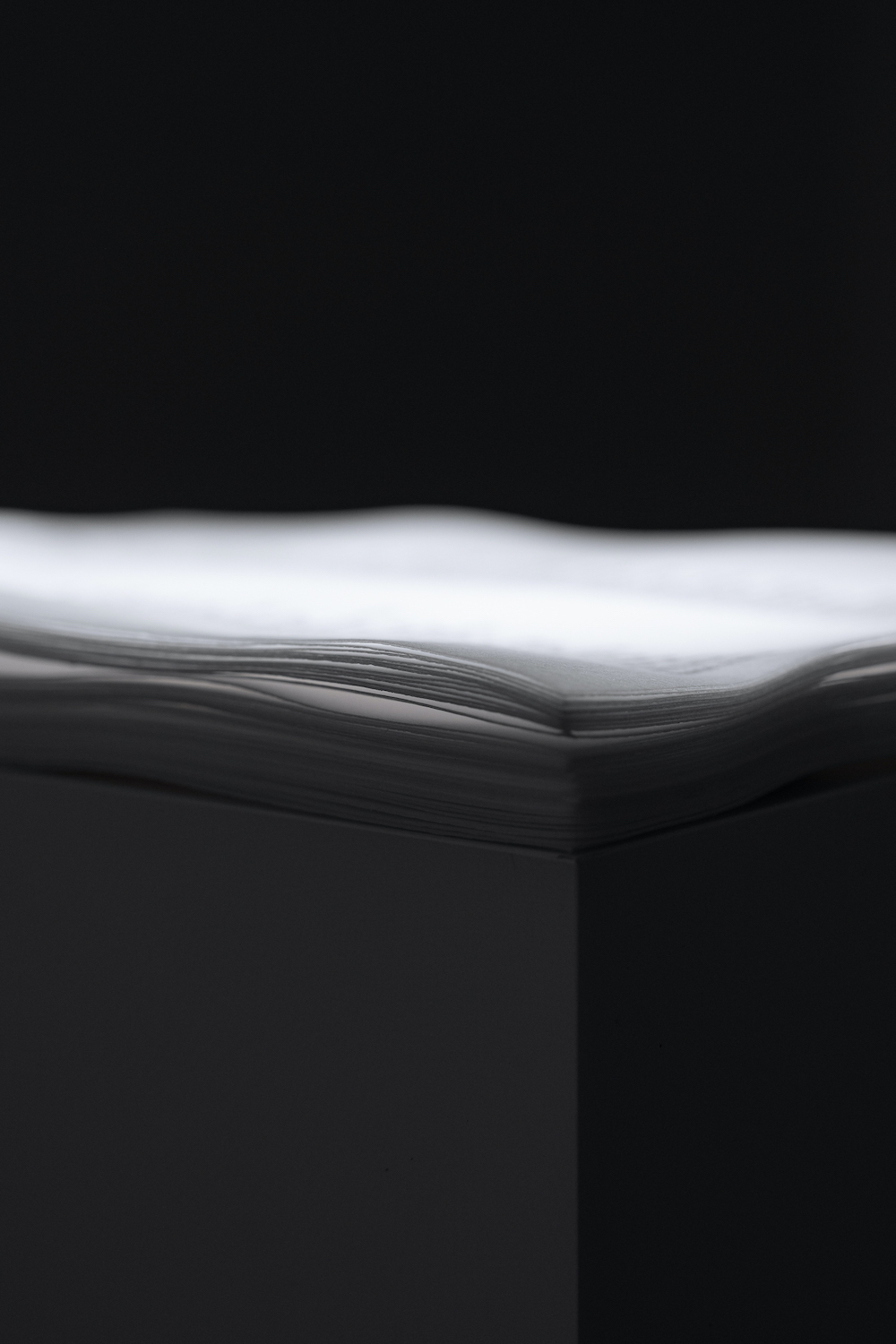
Jenna Sutela, Energy Poem, 2023, Detail | Courtesy of max goelitz | Copyright of the artist | Photo: Dirk Tacke
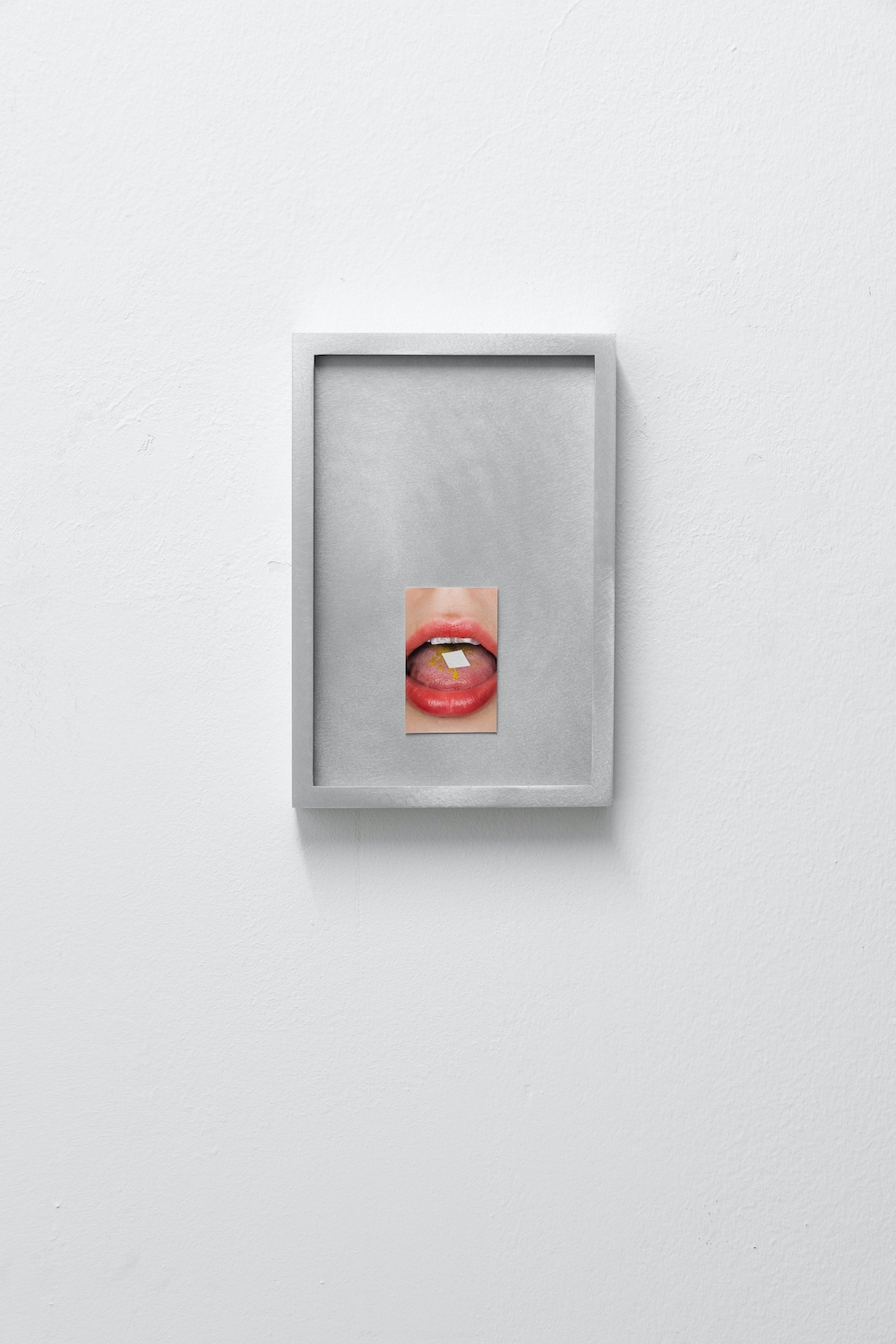
Jenna Sutela, Many-Headed Reading, 2022 | Courtesy of max goelitz | Copyright of the artist | Photo: Dirk Tacke
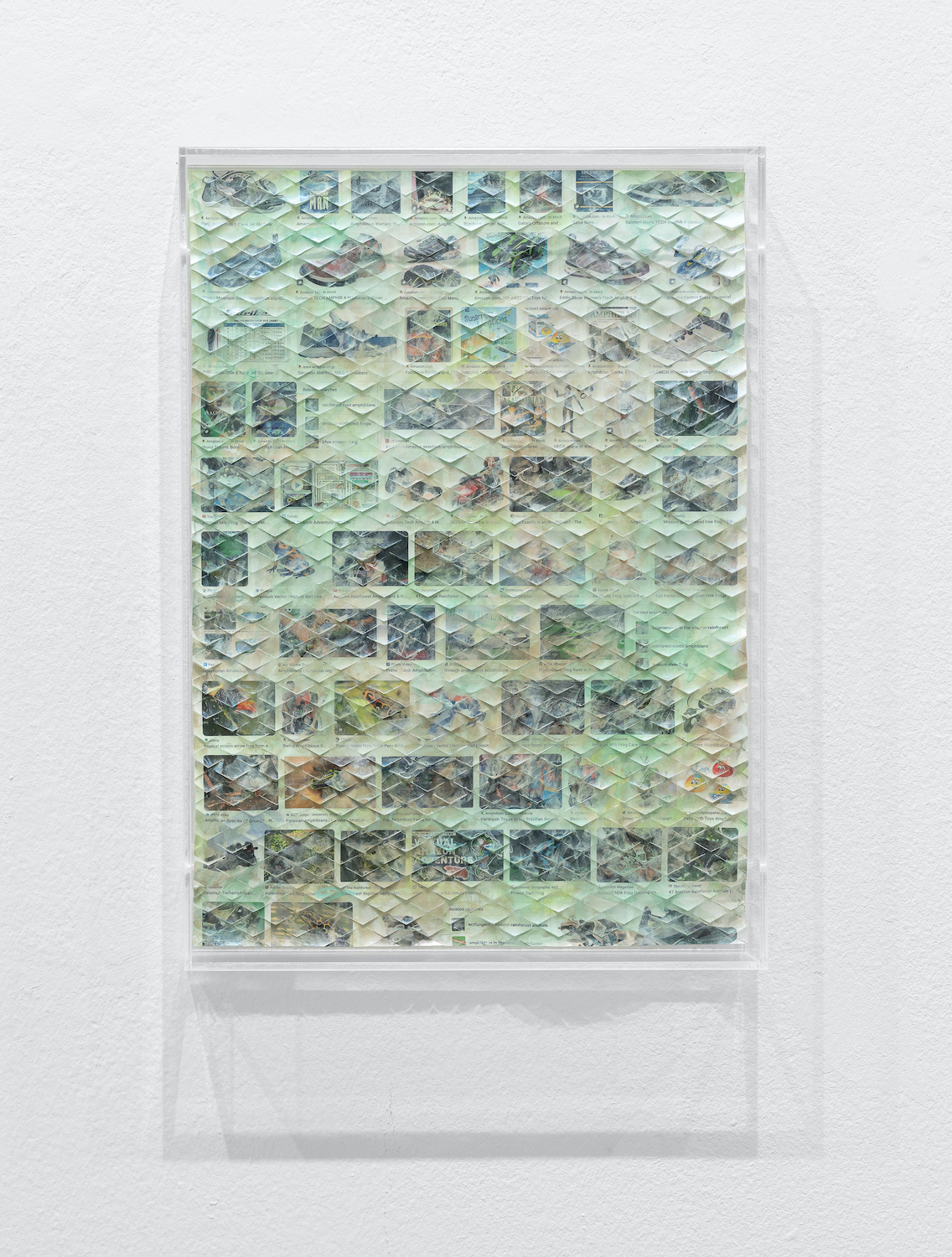
Pamela Rosenkranz, Healer Scrolls (Golden Ponds), 2023 | Courtesy the artist and Sprüth Magers | Copyright of the artist | Photo: Dirk Tacke
The exhibition dirt by Jenna Sutela and Pamela Rosenkranz examines different modes of perception, challenging the gaze as the primary site of understanding and instead directing focus towards other aspects of reception, sensation, and perception. The artists bring together human and more-than-human perspectives, proposing that consciousness, intelligence and meaning are not exclusively human properties, but can also be found in other living beings, ecosystems and technologies, such as microorganisms, plants, composts and artificial neural networks.
At the center of the exhibition is the living installation Vermi Cell (2023) by Jenna Sutela, a compost of soil, seedlings, and earthworms that continuously evolves throughout the exhibition period, generating energy for a sound system. The energy is produced by electrons released from the compost, flowing through conductive rods, while affecting the intensity of sound in the space. In Vermi Cell, Sutela creates an environment that priorities the needs of the organisms within the soil rather than the viewers. In fact, the processes occurring within the compost are not visually discernible but can be perceived through sound, as facilitated by computer processing. From an eco-materialist perspective, the work brings to focus symbiotic ecosystems including bacteria, molds, worms, machines, and many other entities that are often not directly observable. At the intersection of living and computational systems, Sutela finds an expansive world of interspecies relations.
Accompanying the installation are two works by Sutela that place the human body as a site of symbiotic relationships at the centre. Energy Poem (2023) is a piece of writing printed on edible paper with edible ink, inviting the audience not only to experience it visually and intellectually but also through the body with all its microorganisms. The artist encourages the audience to reflect on the generation, understanding, and sharing of knowledge while prompting them to consider alternative forms of perception and interaction. The photograph Many-Headed Reading (2016) shows a close-up of Sutela’s open mouth and tongue on which the slime mold “Physarum polycephalum“ spreads. At the center of the image is the single-celled yet “many-headed” organism known as a natural computer. In the original performance, Sutela connects with the slime mold by placing it on her tongue and eventually swallowing it, letting its hive-like behaviour “programme” her own. Such an intimate gesture of ingestion and internalisation highlights Sutela’s interest in transcending traditional boundaries of consciousness and knowledge.
Pamela Rosenkranz’s works enter into a dialogue with Sutela’s, negotiating the idea of „nature“ by reflecting on the human view of it. Rosenkranz‘s series I Wish I Could Cry Blood (2021) places the human eye at the centre of perception to reflect on viewing habits and their evolution. She utilises excerpts from existing stock photos of eyes, which she positions centrally within the narrow picture frame and overlays with pink acrylic paint. The logo of the stock platform runs diagonally and fragmentarily across the image as copyright protection, thus revealing its commercial source. This appropriation also addresses the influence of digital image distribution on viewing habits. In connection with the sensory organ, the pigment dripping down the surface can be associated with bodily fluids. This creates an ambivalence between the symbolic meaning of the eye as a site of knowledge and the actual physical perception, which takes place multi-sensorially within the body, involving numerous subconscious biochemical processes.
The series Anamazon (2021) explores the overlap between the perception of nature images and digital image production. Rosenkranz also utilises stock photos of rainforest landscapes in this series, highlighting the gap between untouched nature and its commercial exploitation through digital media. By overlaying these universally accessible, standardised archive images of the rainforest with bold layers of pink acrylic paint, she evokes associations with the human body and its fluids, intentionally blurring the boundaries between the natural and the artificial. The series thus reflects a central engagement with humanity‘s alienation from nature and highlights the role technology plays in mediating and commodifying images of nature.
Another series Healer Scrolls (2023/2024) reflects the intersection of nature and technology. Rosenkranz makes precise cuts in the paper to create patterns reminiscent of snake scales. Rosenkranz explores the symbolism of the snake, which has long been culturally rooted, transferring its archetypal imagery onto paper. Known for its dual nature, the snake symbolises the thin line between life and death. Inspired by this layer of meaning as well as the evolutionary transition from aquatic to terrestrial life, Healer Scrolls point to the emergence of new forms of existence. The fluid swimming motions evolved into the slithering movement of land animals enabled by the scaly body. In this way, the series references the evolution of living organisms while simultaneously marking a technological development situated between historical craftsmanship and machine production.
Both Pamela Rosenkranz and Jenna Sutela aim to dissolve the boundary between the organic and the synthetic. Furthermore, their work questions the illusion that everything can or should always be readily available to us. The exhibition dirt thus invites a wide array of participants and perspectives to play. The environment remains as open as an exhibition space can be.
